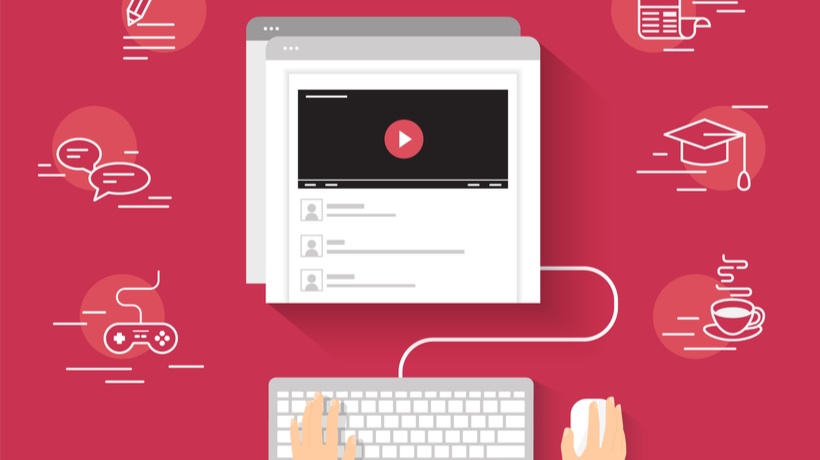Video In eLearning: 5 Reasons Why It Is So Popular
Let’s say you’re a rookie photographer who has just purchased your first semi-professional digital camera. You’ve read the user guide, but found it difficult to make sense of the features from the schematic diagrams. You want to know more, to see it in action - what you really want is a demonstration. Where do you go? I have my money on you visiting YouTube. YouTube is the second most visited website in the world, surpassed only by Google. This statistic confirms my hunch: People love video and given the choice to learn by watching rather than reading, most of us will go with the screen. In this article, PulseLearning discusses why video in eLearning is the medium of the moment to include in your online courses.
1. Supports Our Intrinsic Learning Preference
Growing up, we learned how to operate in the world by watching our parents. In fact, psychologist Albert Bandura’s Social Learning Theory states that people learn behavior from their environment through observation, imitation, and modeling. This can take the form of someone physically demonstrating a behavior or task or describing a task verbally. Perhaps this explains our love of watching visual demonstrations? Video in eLearning is a powerful method for re-creating this experience. Virtual classroom technology takes this one step further by allowing real-time teacher presentation, commenting, and collaboration.
2. Challenges Our Perception Of eLearning
Technological advances and evolving trends mean we constantly need to redefine eLearning. Currently, there is a move away from traditional, long-duration modules that cover several learning objectives, to a “microlearning” approach comprised of a suite of concise learning assets, including videos, apps, and web resources. The future of eLearning might be a privately hosted channel of video resources, supported downloadable guides, and worksheets.
3. Satisfies Multiple Learning Styles
Although primarily a visual medium, video provides the opportunity to satisfy a wide range of learning styles. Voiceover appeals to auditory learners, while interspersed text screens consolidating key messages can be included to appeal to those who prefer reading. Text transcripts and downloadable resources can also be included in the experience. For kinesthetic learners, demonstration videos can prompt learners to try out the skill while watching the video. With video, all bases are covered!
4. Reduces Cognitive Load
Think again about learning how to use that camera. Do you find it more energy intensive reading a manual or watching a demonstration video? Watching is described by most as a more relaxing, engaging way to learn, and generally when people are more relaxed, they are more likely to retain information.
5. Engages, Entertains, And Delights
Video makes it much easier to engage learners and hold attention. To increase engagement further, interaction opportunities can be added between clips for a learner-centric solution. Learners could be faced with a decision and depending on their choice, a unique video clip plays, giving them a sense of control. Allowing learners to interact with video by skipping, pausing, and scrubbing replicates the experience they will be used to when using platforms such as YouTube and social media networks.
Are you currently using video in eLearning? PulseLearning can assist in developing a solution that uses video to its best advantage to engage and delight your learners. PulseLearning is an award-winning global learning provider experienced in developing engaging and innovative eLearning and blended learning solutions.








